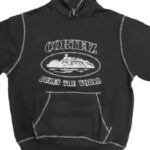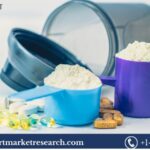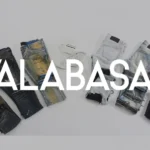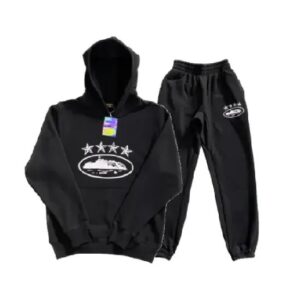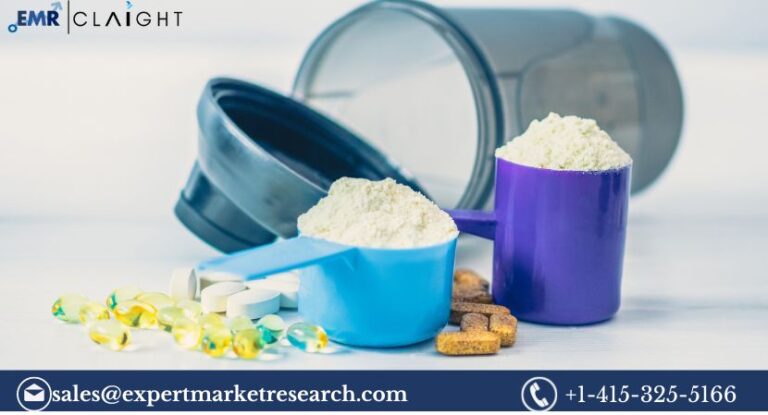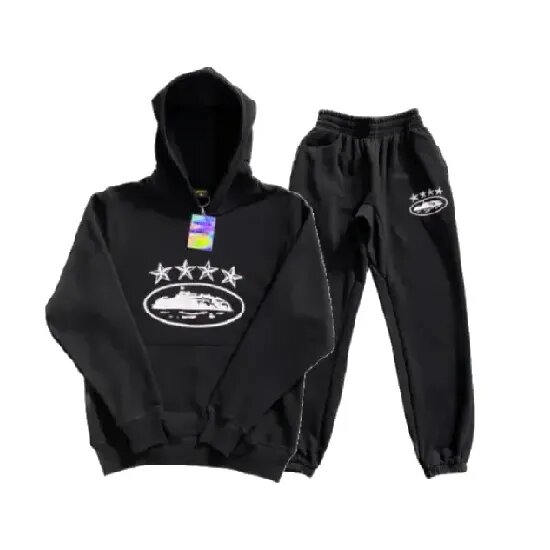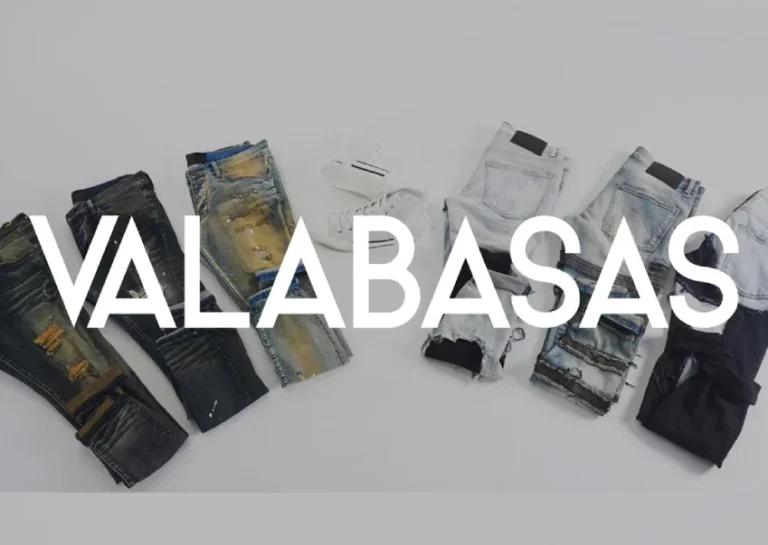Introduction
Butyl Acetate Production Process with Cost Analysis is crucial for understanding how this widely used solvent is manufactured and the economic factors that impact its production. Butyl acetate is an essential organic compound used primarily in the coatings, paints, adhesives, and printing industries. This report offers a detailed look at the production process, market drivers, raw material requirements, and associated costs, providing businesses with valuable insights for optimizing production or investing in the butyl acetate market.
Request Free Sample – https://www.procurementresource.com/production-cost-report-store/butyl-acetate/request-sample
Procurement Resource Assessment: Butyl Acetate Production Process
The Butyl Acetate Production Process typically involves the esterification of butanol (n-butanol or isobutanol) with acetic acid in the presence of a catalyst. This process can be conducted using different methods, with the most common being batch or continuous production in a reactor system.
- Esterification Reaction: The production of butyl acetate is based on the esterification reaction, where butanol reacts with acetic acid in the presence of a catalyst such as sulfuric acid or an ion-exchange resin. The reaction is typically conducted in a heated reactor to increase efficiency and yield. This exothermic reaction results in the formation of butyl acetate and water as a by-product.
- Distillation: After the esterification reaction, the resulting mixture contains butyl acetate, water, unreacted butanol, and acetic acid. To purify the butyl acetate, the mixture is subjected to a distillation process. The distillation removes water and separates the excess reactants, ensuring a high-purity final product.
- Dehydration: Water formed during the esterification process is removed either by azeotropic distillation or by using a drying agent, which helps shift the reaction equilibrium to favor the production of more butyl acetate.
- Separation and Purification: After distillation, the butyl acetate is separated from the reaction mixture, and further purification steps ensure that the product meets industrial quality standards. The final product can be stored in tanks for distribution or further processing into specialized formulations.
- Quality Control: Rigorous quality control measures are essential throughout the production process to ensure that the butyl acetate meets industry standards for purity, composition, and physical properties. This includes testing for the presence of impurities, water content, and the correct ester concentration.
The procurement of high-quality raw materials and efficient resource management is crucial in the butyl acetate production process, as these factors directly affect production efficiency and cost-effectiveness.
Butyl Acetate: A Versatile Solvent in Industrial Applications
Butyl acetate (C6H12O2) is a widely used organic ester that serves as a solvent in various industries. Known for its pleasant fruity odor, volatility, and excellent solvency properties, butyl acetate is a preferred solvent in products ranging from coatings to personal care items.
Key Uses of Butyl Acetate:
- Coatings and Paints: Butyl acetate is extensively used in the coatings industry as a solvent for paints, varnishes, lacquers, and enamels. Its volatility and ability to dissolve various resins make it ideal for delivering a smooth, even application in high-performance coatings.
- Adhesives: Butyl acetate is used in adhesive formulations where strong solvency and fast drying properties are required. It helps enhance the adhesive’s viscosity and bonding strength.
- Printing Inks: The printing industry relies on butyl acetate as a solvent for printing inks, particularly in gravure and flexographic printing. Its rapid evaporation ensures quick drying of inks, which is essential for high-speed printing operations.
- Personal Care Products: Butyl acetate is commonly found in personal care items such as nail polish and perfumes, where it serves as a solvent and provides a quick-drying effect without leaving residue.
- Chemical Intermediate: Butyl acetate is also used as a chemical intermediate in the manufacture of pharmaceuticals and other esters.
Market Drivers for Butyl Acetate Production
Several market drivers are fueling the demand for butyl acetate, particularly in industries focused on coatings, adhesives, and printing.
- Growth in the Coatings and Paints Industry: The rising demand for paints, coatings, and varnishes in the automotive, construction, and furniture industries is a significant driver for butyl acetate. As infrastructure development and construction activities increase globally, the need for high-performance coatings has escalated, driving demand for solvents like butyl acetate.
- Expansion of the Automotive Sector: Butyl acetate is widely used in automotive coatings, including paints and varnishes for car bodies and components. With the global expansion of the automotive industry, especially in emerging markets, the demand for butyl acetate as a key solvent in automotive applications continues to rise.
- Increased Adoption in Adhesives and Printing Inks: The adhesives and printing inks sectors are also experiencing significant growth, driven by the demand for packaging, labeling, and flexible printing solutions. Butyl acetate’s quick-drying properties and solvent efficacy make it an essential ingredient in these industries.
- Sustainable and Eco-Friendly Trends: With increasing environmental concerns and regulatory pressure to adopt eco-friendly practices, manufacturers are looking for solvents that comply with volatile organic compound (VOC) emission standards. Butyl acetate, with its low toxicity and biodegradable nature, is gaining traction as a preferred solvent in industries seeking sustainable solutions.
- Growth in the Personal Care Sector: The personal care and cosmetics industry is seeing growth in products that require fast-evaporating solvents, such as nail polish and perfumes. Butyl acetate’s role in these formulations is driving demand, especially in regions where personal care product consumption is on the rise.
Raw Materials Requirements for Butyl Acetate Production
The production of butyl acetate requires several key raw materials, the cost and availability of which significantly affect the overall production process. The most important raw materials include butanol, acetic acid, and catalysts.
- Butanol (n-Butanol or Isobutanol): Butanol is the primary alcohol used in the esterification process to produce butyl acetate. The price and availability of butanol are influenced by global supply-demand dynamics, particularly in the petrochemical industry, as butanol is derived from crude oil or natural gas.
- Acetic Acid: Acetic acid is the other main raw material in the production of butyl acetate. It reacts with butanol to form the ester. The availability and cost of acetic acid are influenced by its use in multiple industries, including plastics and food processing, as well as its production from petrochemical feedstocks.
- Catalysts (Sulfuric Acid or Ion-Exchange Resins): Catalysts are required to drive the esterification reaction between butanol and acetic acid. Sulfuric acid is the most common catalyst, though ion-exchange resins can be used as an alternative in specific processes. The choice of catalyst affects both production efficiency and cost.
- Water and Energy: Water is necessary for various stages of the production process, including the removal of by-products and purification of the final product. Energy is required for heating and cooling the reaction mixture, as well as for driving the distillation process. Efficient energy use is critical for reducing production costs.
Costs and Key Process Information for Butyl Acetate Production
The cost of producing butyl acetate depends on several factors, including raw material prices, energy consumption, production scale, and regulatory compliance.
- Raw Material Costs: Butanol and acetic acid are the largest contributors to the production cost of butyl acetate. The price of these raw materials is closely tied to fluctuations in crude oil and natural gas markets, as they are petrochemical derivatives. Managing raw material procurement efficiently is essential to controlling costs.
- Energy Costs: The production process for butyl acetate is energy-intensive, particularly in the distillation and purification stages. Energy costs, particularly for heating and maintaining reactor temperatures, can have a significant impact on overall production expenses. Using renewable energy sources or optimizing energy consumption can help reduce costs.
- Labor and Equipment Costs: Operating and maintaining the equipment required for esterification, distillation, and purification incurs labor costs. Investment in high-efficiency reactors, distillation columns, and filtration systems can reduce operational costs over time by improving production efficiency.
- Environmental Compliance Costs: As butyl acetate is a volatile organic compound (VOC), strict environmental regulations govern its production and use. Manufacturers must invest in VOC emission control systems, waste treatment, and compliance measures to meet environmental standards. These compliance costs are important considerations in the overall production budget.
- Production Scale: The scale of production significantly affects the cost per unit of butyl acetate. Larger facilities benefit from economies of scale, spreading fixed costs such as equipment and labor over a higher volume of production, reducing the overall cost per ton of butyl acetate.
Looking for an Exhaustive and Personalized Report?
For businesses interested in understanding the butyl acetate market and optimizing production, a comprehensive and tailored report can provide the critical insights needed. Our personalized reports cover detailed market forecasts, production cost breakdowns, regulatory analysis, and opportunities specific to your business needs. Whether you are looking to expand production, reduce costs, or invest in new markets, our custom reports offer actionable data to substantiate your business strategy. Contact us today for a personalized report that addresses your specific goals in the butyl acetate market.
About Us:
Procurement Resource is an invaluable partner for businesses seeking comprehensive market research and strategic insights across a spectrum of industries. With a repository of over 500 chemicals, commodities, and utilities, updated regularly, they offer a cost-effective solution for diverse procurement needs. Their team of seasoned analysts conducts thorough research, delivering clients with up-to-date market reports, cost models, price analysis, and category insights.
By tracking prices and production costs across various goods and commodities, Procurement Resource ensures clients receive the latest and most reliable data. Collaborating with procurement teams across industries, they provide real-time facts and pioneering practices to streamline procurement processes and enable informed decision-making. Procurement Resource empowers clients to navigate complex supply chains, understand industry trends, and develop strategies for sustainable growth.
Contact Us:
Company Name: Procurement Resource
Contact Person: Amanda Williams
Email: sales@procurementresource.com
Toll-Free Number: USA Canada – Phone no: +1 307 363 1045 | UK – Phone no: +44 7537 132103 | Asia-Pacific (APAC) – Phone no: +91 1203185500
Address: 30 North Gould Street, Sheridan, WY 82801, USA
